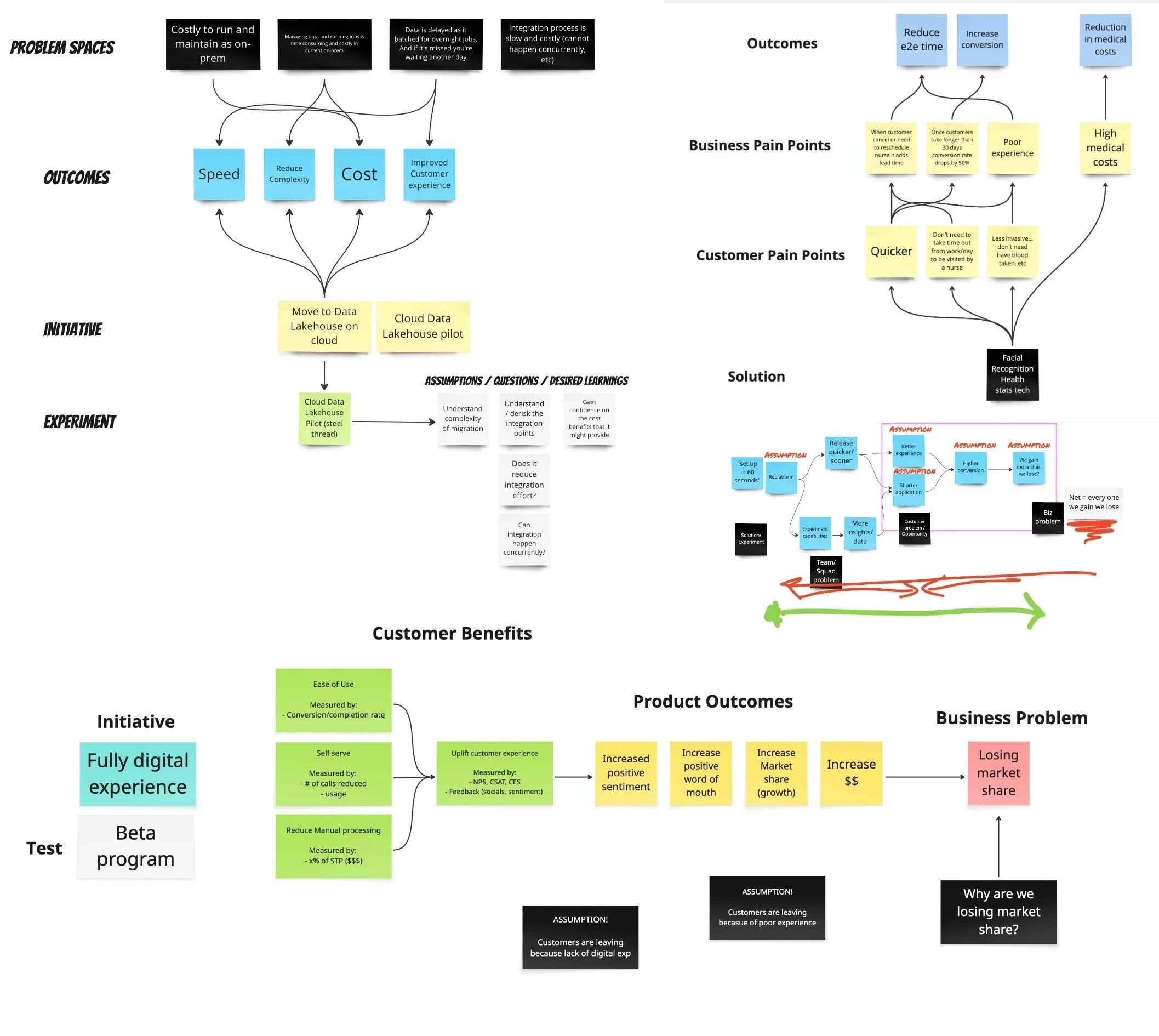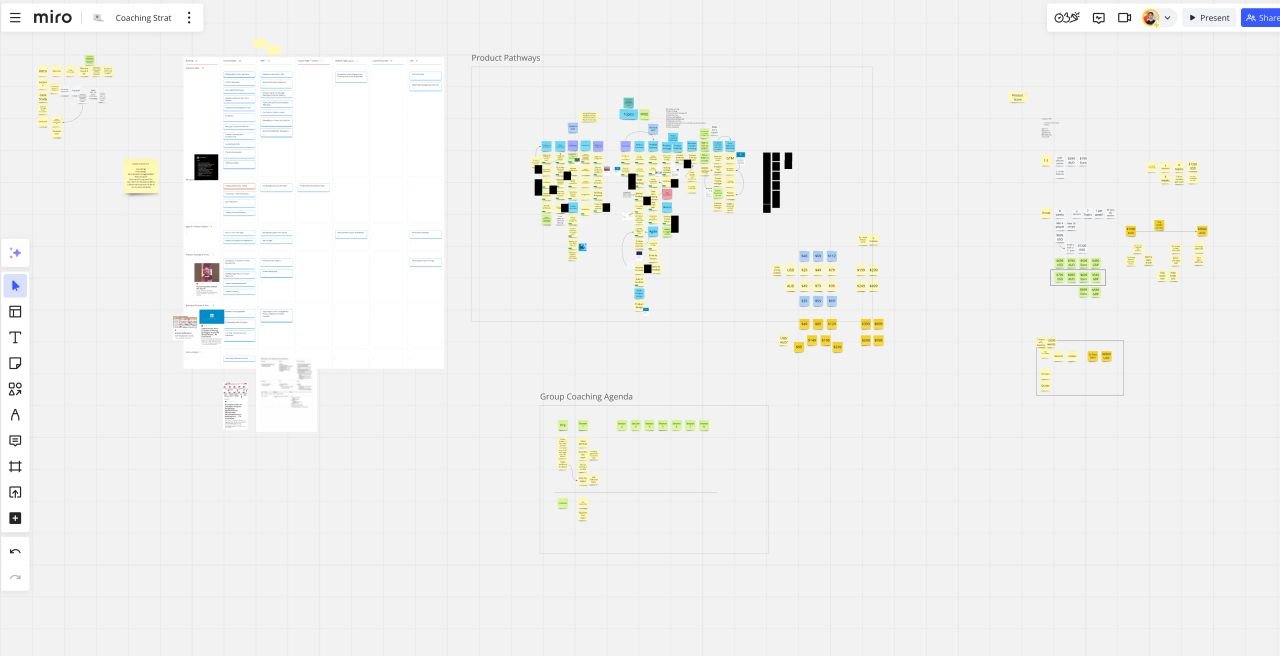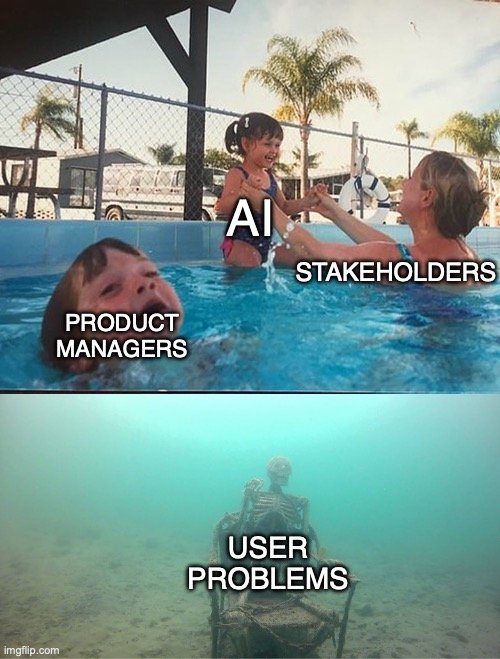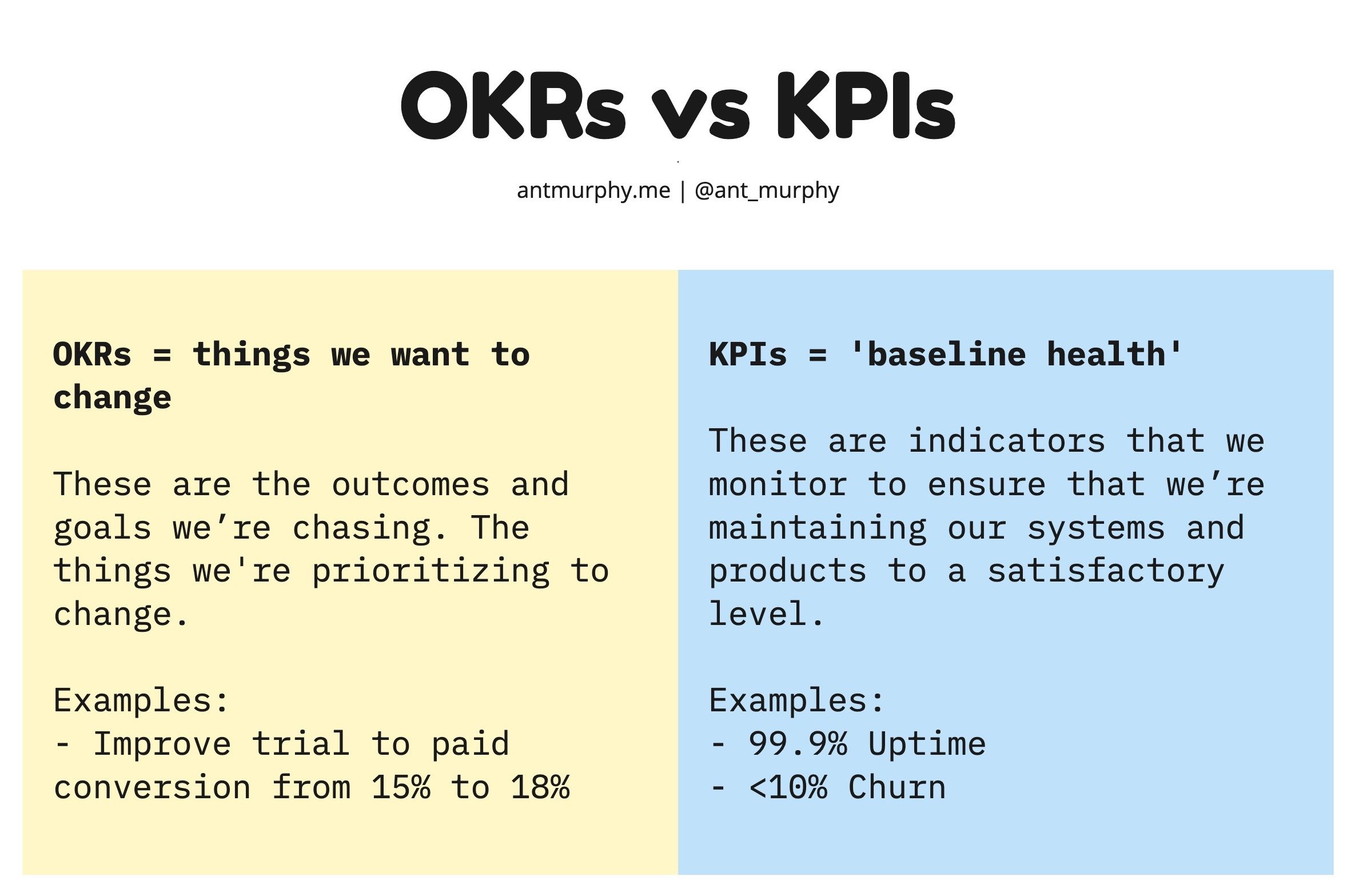Product Roadmaps are NOT Todo Lists
Hey I’m Ant and welcome to my newsletter where you will find practical lessons on building Products, Businesses and being a better Leader
You might have missed these recent posts:
- Bring it back to the problem
- Escape OKR Theatre
- What is Product Management
This post will help you build better Product Roadmaps through first principles
Product Roadmaps are NOT a plan or todo list.
If you have verbs like "discover" “design” “build”, etc on your roadmap you’ve got a plan not a roadmap!
And whilst most product people get this conceptually, there’s still far too many roadmaps that look like gantt charts.
So, what’s a roadmap then?
Let’s start from first principles:
Why do you have a roadmap? What do you (primarily) use it for?
The answer is (primarily) as a communication tool.
So, if roadmaps are a communication tool; what are we communicating?
Answer: The future direction of the product.
In other words; how you intend to evolve the product over time, how it might look one day in the future and in what sequence?
Product roadmaps are a tool for communicating the future direction of your product.
Credit: John Cutler
How Do You Define Direction?
Now a gantt chart still fit this description - so why isn’t that a roadmap?
Well it can be technically but let’s talk a bit about what we mean by ‘future direction’.
A question to ask is; where do we get direction from?
How do we know where we’re heading? How do you define direction?
Answer: Strategy.
Your Product Strategy defines direction.
Now the thing about strategy is that it’s not predictive. It’s a hypothesis.
"Strategy has a theory" as Roger L Martin says.
"In strategy, you have to say, if our theory is right about what we can do and how the market will react, this will position us in an excellent way. Just accept the fact that you can't be perfect on that, and you can't know for sure." - Roger L Martin
This means you’re not always going to be right and that's one of the reasons why strategy is hard. It's also why we measure, iterate and pivot.
Plans on the other hand aren’t as adaptive.
Plans have fewer assumptions and are largely based on what you know to be true today.
"In strategy, what counts is what would have to be true—not what is true." - Roger L Martin
There are a few different ways to bake in uncertainty in your product roadmaps, I cover them in this webinar and newsletter post, but at a high level:
Expanding time horizons (eg. going from this month, to next quarter, to next year)
Less certain work (eg. features to opportunities to problem spaces to outcomes)
Communicating to Who?
The final question to ask about product roadmaps is ‘who’.
Who are we communicating all this to?
Answer: Stakeholders.
But ‘stakeholders’ is very broad. Which is why great product people segment this down into groups like:
Executives
The Product team
Dependent and aligned teams
Users
And market facing roles like marketing, sales and customer support.
This means that it’s not uncommon to have different “views” of your product roadmap for different audiences.
After all, influence and effective communication starts with ‘knowing your audience’.
So in terms of first principles, a Product Roadmap is:
A tool to communicate the future direction of your product
Direction comes from your strategy which means it’s a means to visualize your strategy sequencing
Used to communicate to stakeholders, both internal and external
and should be fit-for-purpose to the audience
Hope that helps!
I haven’t found a lot of content out there on product roadmaps, not least getting down to this level so I’m trying to create more content in this space.
If you want to dive more into creating product roadmaps I recommend watching this webinar I ran last year.
And if you would like some help building a Product Roadmap or feedback on your current one, that’s what I build the Product Mentorship for!


















Your OKRs don’t live in a vacuum.
Yet this is exactly how I see many organizations treat their OKRs.
They jump on the bandwagon and create OKRs void of any context.
Here’s what I see all the time…